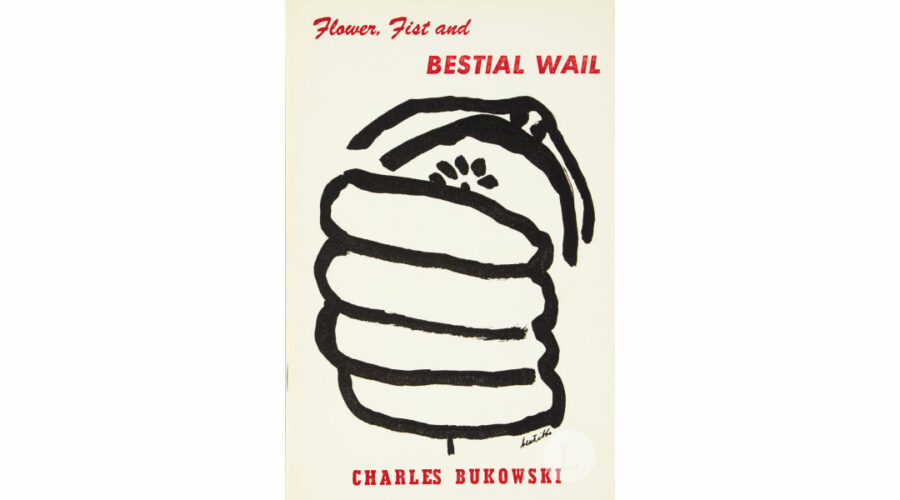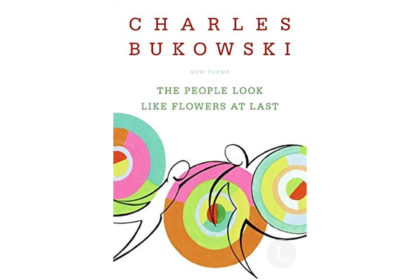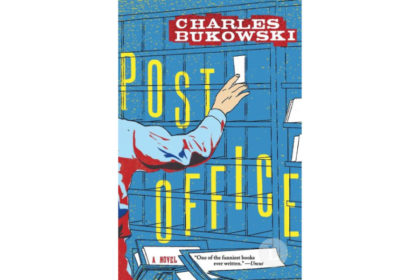Flower, Fist, and Bestial Wail is the first poetry collection by Charles Bukowski, an American poet, novelist, and short story writer known for his raw, gritty, and unapologetic voice. Published in 1959, this volume marked the beginning of a long …
Charles Bukowski: Flower, Fist and Bestial Wail




